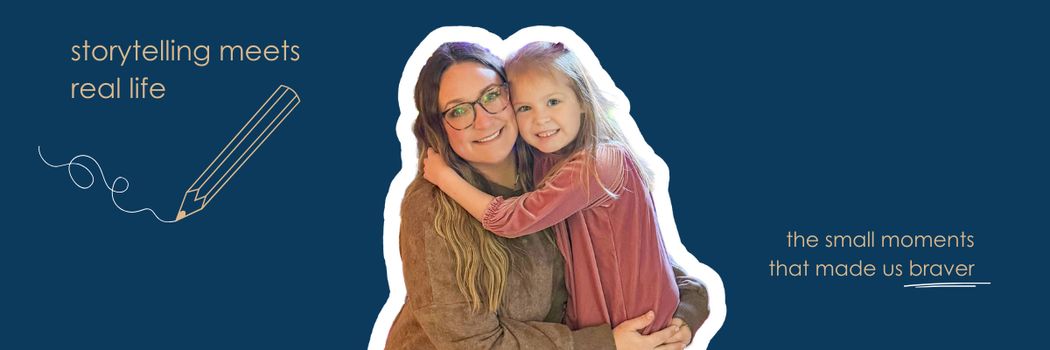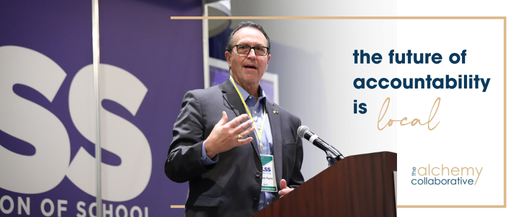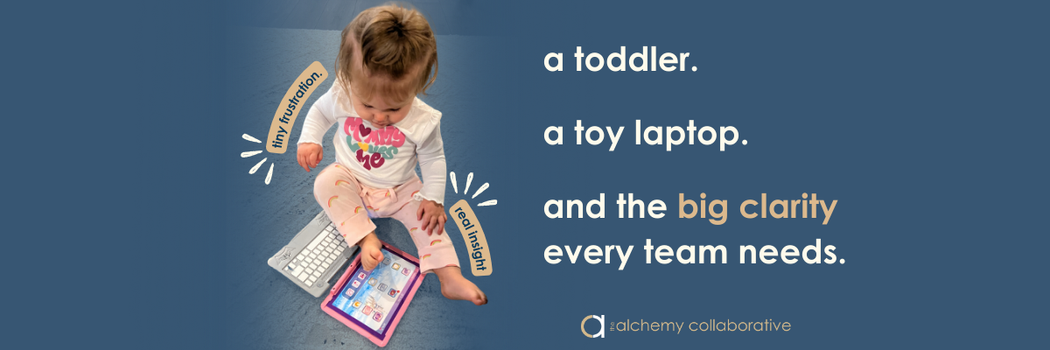School leaders tell us all the time: “We don’t want to get ahead of ourselves.”
It’s a valid worry. When a new initiative is still in motion, whether it’s a graduate profile, a deeper learning framework, or a fresh vision for instruction, it can feel risky to share stories before everything is fully polished.
The fear is that communication might look like promotion: marketing something that isn’t ready yet.
But here’s the truth we’ve seen again and again. Communication is not the same as promotion. When done well, communication is an act of teaching.
the tension is real
The hesitation comes from a good place. Leaders want to be honest. They want to protect their credibility. No one wants to put out glossy photos and bold claims if the work in classrooms is still uneven.
But there’s a danger in waiting too long. If stories only get told once the system is “perfect,” teachers never see examples in real time. Families never get invited into the journey. Communities never understand what the work actually means.
And that’s how initiatives stall. Not because people don’t care, but because they don’t know what it looks like.
communication teaches as much as it tells
Think about the last time your district rolled out a new vision. Did everyone immediately understand what it meant in practice? Probably not.
That’s where communication steps in. Sharing even small, imperfect stories along the way helps your people learn. Teachers begin to see concrete examples of “what good looks like.” Principals gain language to use in their own buildings. Families catch glimpses of how the vision shows up in classrooms.
Stories are not fluff. They’re case studies in action.
Every post, newsletter, or video clip isn’t just a highlight reel: it’s professional learning. It gives your community shared language and real-life anchors for abstract goals.
clarity beats perfection every time
Leaders sometimes think they need to wait for the perfect exemplar before going public. But clarity is more important than polish.
- Small stories work. A quick post about a 9th-grade English class recording podcasts instead of writing book reports can spark more understanding than a long white paper.
- Transparency builds trust. Sharing where you’re headed — and admitting you’re still growing — is far more powerful than staying silent until the system feels complete.
- Momentum matters. Every story shared is a seed planted. Enough seeds grow into a culture where teachers, families, and community members all know the vision and can describe it in their own words.
practical ways forward
So how do you balance honesty with visibility?
- Start small: Share stories that are in-progress. A picture of students building, presenting, or collaborating is enough to spark curiosity.
- Equip principals: Give school leaders a simple weekly habit — like reviewing teacher posts and flagging one that reflects your district’s vision.
- Frame stories as learning: Remind your team: this isn’t PR, it’s teaching. Every story is a mini professional learning opportunity.
- Use systems, not scatter: Whether it’s a collector form, advisory reps, or tagging in your comms platform, make it easy to gather stories without adding another burden to teachers.
the bottom line
If communication only happens after perfection, you’ll never get the momentum you need.
Leaders, teachers, and families learn through stories. That means every early, imperfect example matters.
Communication is not about selling your district. It’s about shaping understanding.
It’s about helping your people see the future you’re building — one story at a time.








